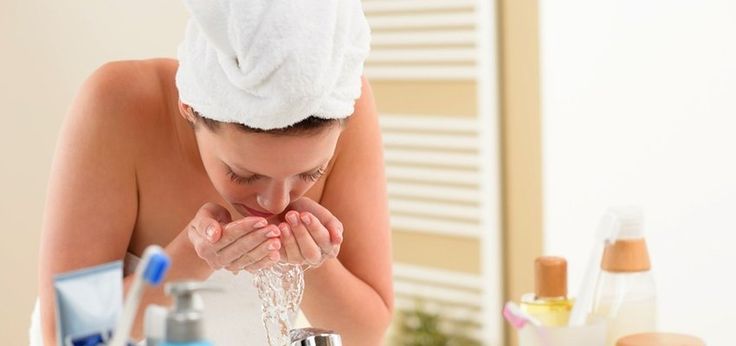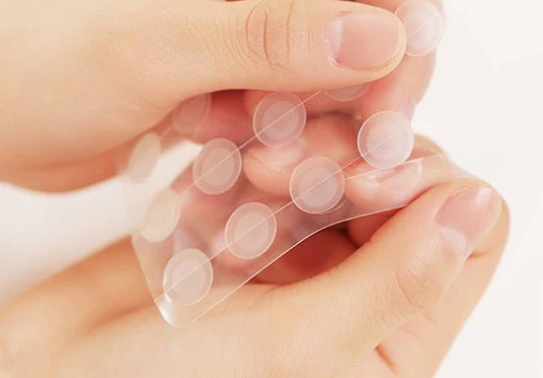As a former "acne-prone girl", I know the frustration of having a face full of acne but being helpless. I have used so many acne-removing products, but why does acne still stubbornly persist? In fact, acne removal is not as simple as blindly using products. The key is to understand the mechanism of acne generation and then prescribe the right medicine in stages.

The formation of acne is actually a complex physiological process. Genetics, hormones, sebum secretion, abnormal keratinization of hair follicles, and the reproduction of Propionibacterium acnes are all the "culprits" of acne formation. The opening of the hair follicle is blocked, forming an oxygen-deficient environment; sebum cannot be discharged and accumulates in large quantities; coupled with the "fanning of the fire" by Propionibacterium acnes, inflammation occurs. If not treated in time, the inflammation will continue to worsen, leaving ugly acne marks and scars.
So, how to deal with these annoying acne? Based on my own experience, I have summarized four directions: unclog pores, inhibit sebum secretion, inhibit harmful microorganisms, and inhibit inflammation. Of course, this is easier said than done.
I remember that period, my face was covered with acne, which looked like an acne map. I tried many methods, but none of them worked. Later, a friend recommended hydrocolloid acne patches to me, saying that they can absorb pus from acne, protect acne from external pollution, and promote the healing of acne. I bought a box with some doubts to try.
When I first started using it, I couldn't help but want to pick at the pimples with my hands. But every time I felt itchy, I would look at myself in the mirror, think about those ugly pimple marks and scars, and resist. I insisted on using pimple patches every day and also used acne-removing and anti-inflammatory products. Acid peeling has also become a part of my daily skincare. It can help me regulate keratin, fight inflammation, and kill bacteria.
In the middle stage, although there were fewer pimples, my skin was still red and inflamed. I continued to use anti-inflammatory products and also added repair and moisturizing products. Of course, I also did not stop using acne patches, which were like my "acne guardian" and always accompanied me. Intermittent acid peeling also made my skin gradually smoother.
When the skin stabilized, I could finally breathe a sigh of relief. But I knew that I couldn't stop taking care of my acne-prone skin. I continued to use moisturizing essence, moisturizing cream or lotion, and sunscreen to keep my skin hydrated and healthy.
In this process, I also learned a lot about inhibiting sebum secretion, exfoliating or dissolving keratin, antibacterial, anti-inflammatory, and repairing the skin barrier. For example, vitamin A and its derivatives, azelaic acid can inhibit sebum secretion; fruit acid and salicylic acid can exfoliate or dissolve keratin; benzoyl peroxide, azelaic acid, and pionin can be antibacterial; licorice extract, tea polyphenols, olive leaf extract, and bisabolol can be anti-inflammatory; natural moisturizing factor and panthenol (B5) can repair skin barrier.

Now, I rarely get acne on my face. Even if one or two occasionally pop up, I no longer panic. Because I know that as long as I use hydrocolloid acne patches and combine them with the correct skin care methods, I can easily deal with them. So, if you are also a sister with acne skin, why not try my method? I believe you can also find your own way to get rid of acne. For more information on Innomed®Acne Plaster, refer to the Previous Articles. If you have customized needs, you are welcome to contact us; You Wholeheartedly. At longterm medical, we transform this data by Innovating and Developing Products that Make Life more manageable for those who need loving care.
Editor: kiki Jia

 English
English عربى
عربى Español
Español русский
русский 中文简体
中文简体








